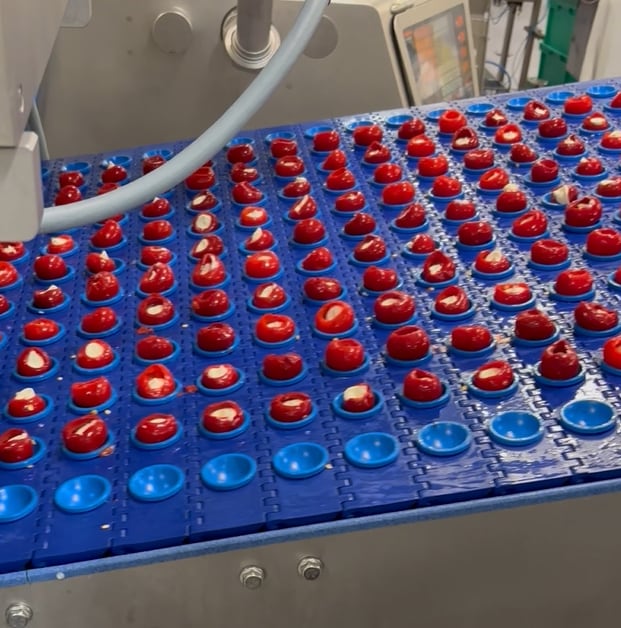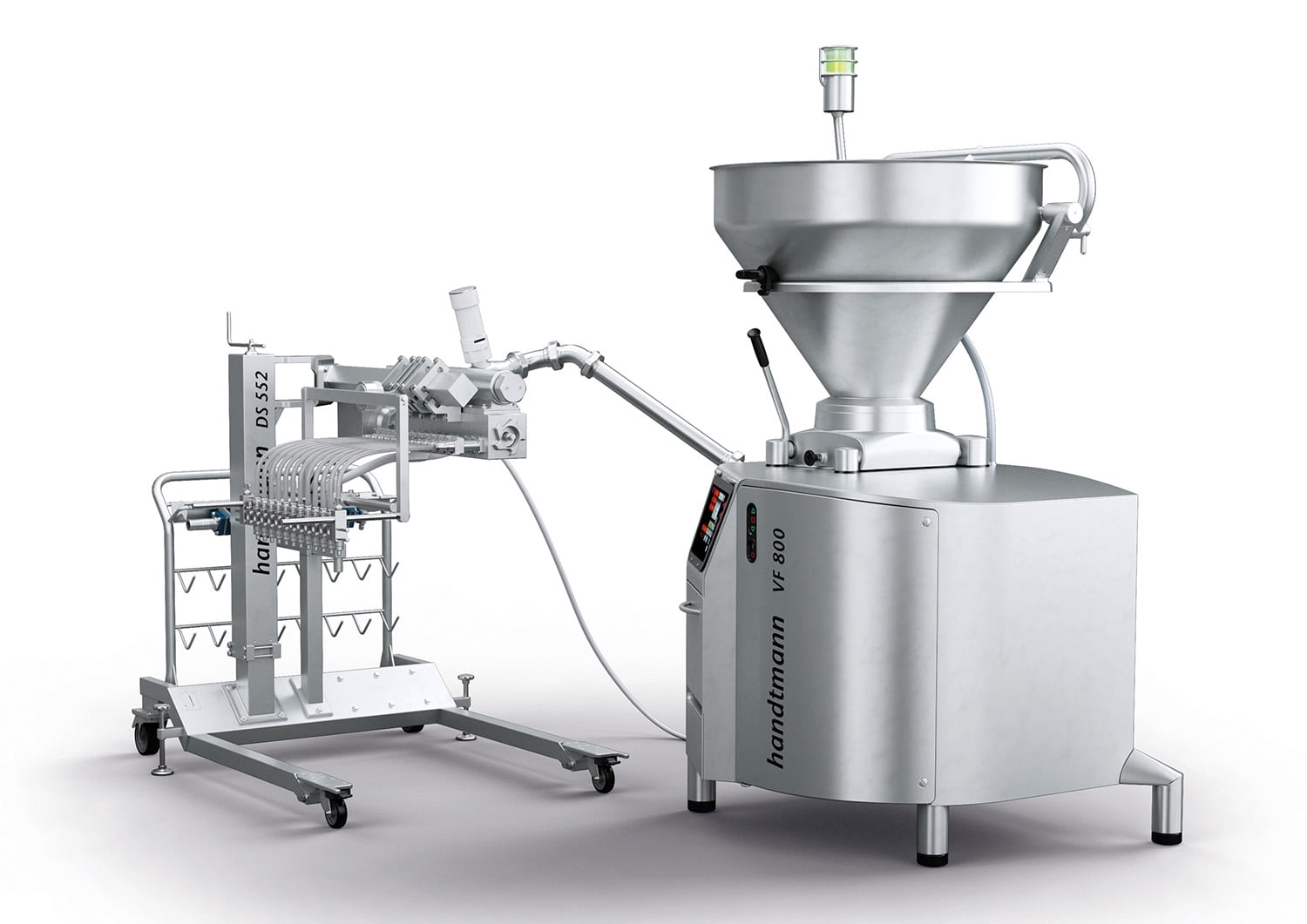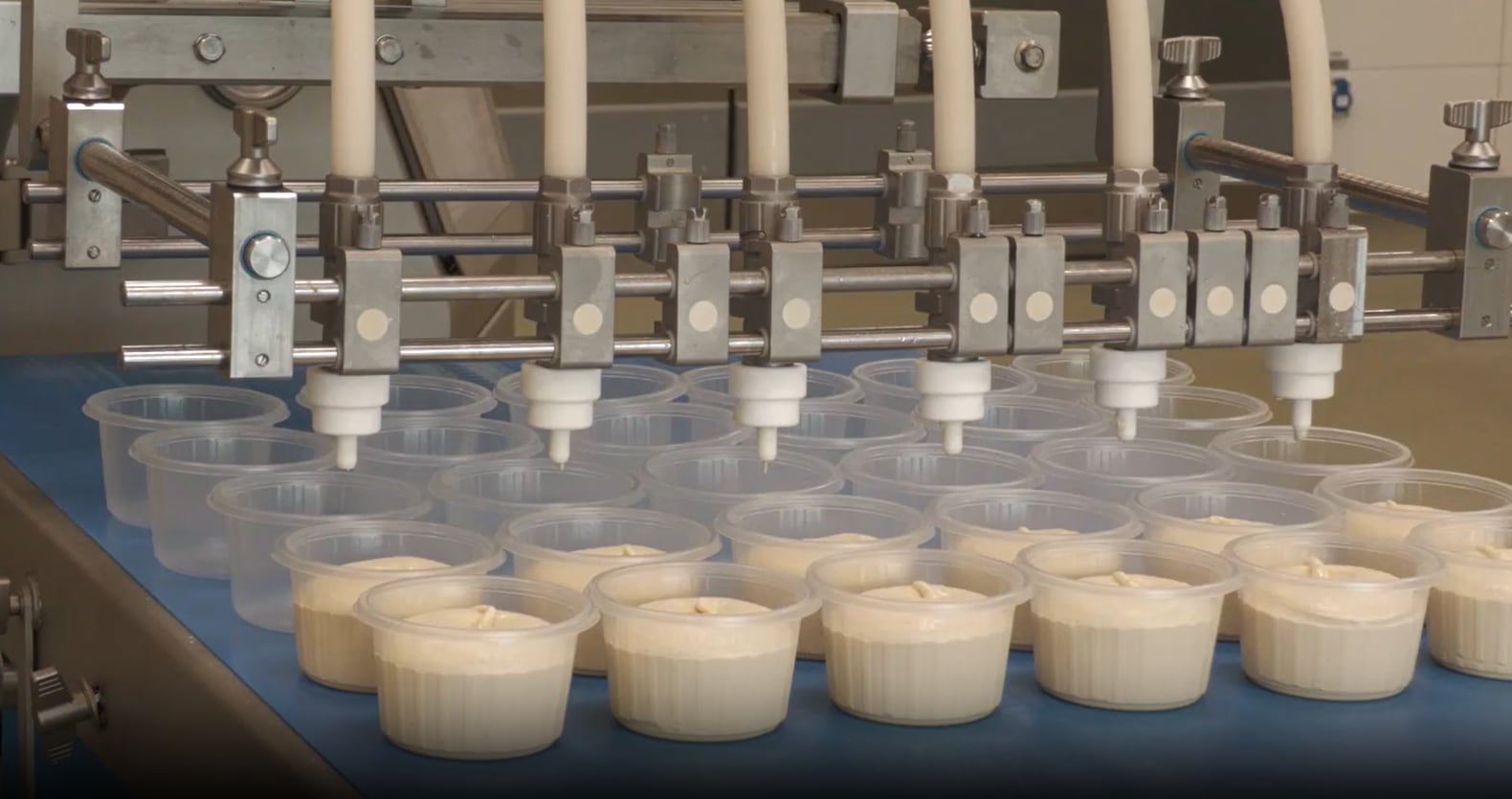As UK consumers’ tastes and eating habits change, the delivery of products to supply that demand is also in constant evolution. And, as the delicatessen market shows strong growth, food manufacturers are having to find bespoke solutions to deliver deli-style products at scale, with the challenge coming back down the line to equipment suppliers.
It would be safe to say that consumers’ eating habits in the UK have altered substantially over the past few years. Spurred on by the Covid pandemic, the focus has turned towards healthier diets and, as part of that, snacking has grown in popularity – even to the extent of replacing formal meal occasions, particularly for the younger generation.
Couple with that the growing influence from social media, a cost-of-living crisis and the impact of international cuisines on British diets and the range of offer in supermarkets and convenience stores is a world away from where it was even a decade ago.
Also, with hybrid working now the norm and eating out-of-home increasingly expensive in the past few years, cash-strapped consumers have embraced more frequent impulse purchases for breakfast and lunch, and are tending to socialise and entertain at home. So they are seeking inspiration and variety from the stores where they shop. As a result, delicatessen foods have proven increasingly popular as these can deliver a range of options from on-the-go lunches to snack-style party spreads.
While some multiples have chosen to step back from counter delis in favour of self-service options – notably Tesco and Sainsbury’s – others such as Morrisons still have deli counters in operation and, according to a recent article in Food Manufacture sister magazine The Grocer, the deli category has seen its value surge to £1.2bn [Kantar, 52 w/e 23 February 2025] with value up 5.6% in the past year.
From sliced meats to hummus, coleslaw to filled peppers, dips to ferments and pickles, the choice on offer is now vast, and the problem posed for food manufacturers is to meet that increased demand. In fact, research by Vypr on behalf of The Grocer has found that 61.4% of consumers prefer to buy deli items from aisles instead of counters and 28.8% mostly or exclusively buy branded deli items. Moreover, 37.2% take cost into account, waiting for deals like three-for-two before buying.
Deli foods, once the preserve of specialist high street stores, are now to the fore both in the multiples and in farm shops around the country. But how do food manufacturers address the volume and quality required from what was once largely an offer processed by hand – and therefore labour-intensive and relatively costly.
To meet this change in demand, suppliers have turned to equipment manufacturers to help them semi- or fully automate the supply of deli foods. One company seeing a trend towards more deli-style products is Handtmann. In fact, the Filling and Portioning Systems division of the Handtmann Group, traditionally known for serving the meat industry as it core business, changed its name earlier this year to Handtmann Processing in a bit to more aptly reflect the spread of products it now handles, and the growth in its portfolio of depositing equipment. In addition, a specialised projects division, Handtmann Customised Solutions (HCS), has been developed to address the changing market and types of products coming through.
Antony Firth, regional sales manager in the north for Handtmann, notes that UK consumers have been increasingly exposed to a wide variety of foods from different cultures – either brought back from travels abroad or via the growing multicultural nature of British society. These foods, he says, are slowly migrating into everyday consumption – and, alert to that change, the UK’s multiple retailers have responded. The challenge for equipment suppliers like Handtmann lies in helping suppliers automate the process of delivering these tricky deli and deli-style foods at scale in a way that is cost-effective and streamlined – and the huge variation in the type of products often means the need to consider adaptation of existing technology or even completely bespoke equipment.
“Handtmann is renowned for depositing accuracy and minimum giveaway,” says Firth. “Gram accuracy is our speciality and, using our core technology, we’ve been able to adapt our dosing processes for different applications.”

As an example, one recent project has seen the company filling peppers with cream cheese. “Every project like this will have its own set of requirements,” says Firth. “The challenge is how to automate that in a repeatable fashion at scale and in a way that is going to deliver a product that still has a true delicatessen appearance and feel.”
He says this particular project, like many in the depositing arena, comes down to a collaborative effort between Handtmann and the client. “The success of the peppers line included the customer understanding that they would have to grade the size of the peppers to make it successful; they could not just use all different shapes and sizes, so there had to be an upfront filtering process to standardise, to a degree, what we’re presenting to our equipment,” explains Firth. “Successful projects like this come about thanks to a really collaborative approach with the customer, building trust with each other and an understanding that we are going to deliver what they need. We’re taking traditional, proven technology from the Handtmann range and adapting it to become a customised solution.”
When it comes to a new machine, any client needs to have proof of concept – and Handtmann takes them along a journey to illustrate what can be achieved, demonstrating and trialling with different pieces of equipment until arriving at the optimal solution.
Products Firth and his colleague, north-west area sales manager Tony Traynor, now see coming through, include a big demand for hummus or multi-pot dips, filled potato skins and items such as rollitos (cheese wrapped in chorizo or salami) among others.
Different depositing nozzles or pistons allow for a large range of viscosities from fluid to particulates up to 20mm. “But then we also have equipment that can deposit stews, kimchi and similar products,” says Firth. “It’s understanding the product itself, advising on the best depositing solution and then also the correct packaging for the product in question.”
“It’s also down to the speeds and volumes a customer requires – and whether they are going to opt for a partially automated, semi-manual system or something fully automated,” adds Traynor.
For example, the company’s DS 552 and DS 554 dosing systems can handle industrial-sized single-lane to multi-lane configurations for depositing products ranging from fluid to viscous.

With the DS 552 system, says Firth, the company has moved the game on by removing the need for pneumatically operated nozzles, instead using a reverse pulse from a servo-driven flow divider to close the nozzle tip and prevent drips and overdoses. This, he says, reduces noise, components and the number of parts to disassemble and clean.
Meanwhile semi-automated and partially manual systems such as the DV 85-1 and DV 85-3 offer highly flexible dosing for fluid, semi-viscous and up to chunky fibrous products. The DV 85-1 can handle hot fillings up to 90ºC, while the DV 85-3 can be flexibly adapted to filling tables, feeding conveyors or packaging solutions.
Key advantages in automating what were once labour-intensive tasks include labour saving, efficiency and gram accuracy, particularly for larger multinational customers, but also flexibility for smaller to medium-sized enterprises seeking value for money from their purchase. “It’s about educating people on the capabilities of our equipment because it’s often much broader than they realise,” says Firth. “Every customer has a different need and it comes back down to this collaborative approach to achieve the right solution, no matter the size of the company.”
To discover more about Handtmann Processing and its deli/convenience solutions, click here.



